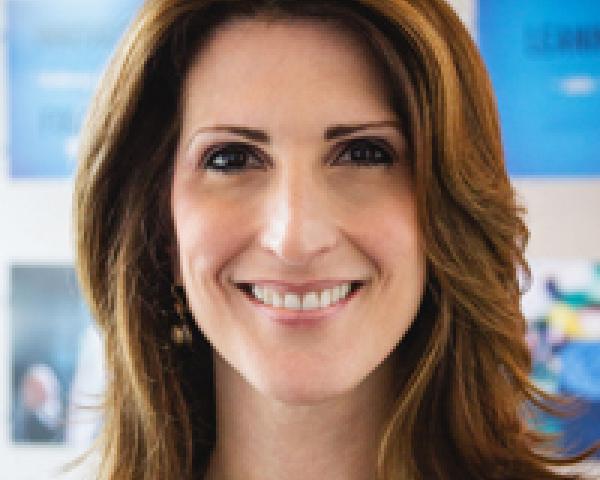As the insurance industry pushes ahead into the next decade, adapting to change and, in some cases, leading change, those committed to the industry and its purpose face an underlying tension that they all wish would just go away. They wish the industry were not so
hated by the public.
While "hate" is a strong word and potentially offensive, insurance definitely
ranks toward the bottom relative to respect when compared with other industries, products and services.
In my personal quest to end this problem, I find that you can learn a lot by examining the worst of the possible behaviors—that is, insurance fraud.
Recently, my colleagues at Maddock Douglas and I engaged in some conversations with both LexisNexis and Swiss Re on this subject. Both organizations have some interesting lenses to look through. In fact, the three companies will be doing a
webinar to share these views on Aug. 10.
See also: Happy Producers, Happy Customers
First and foremost, it was surprising to hear how big the problem of fraud actually is. LexisNexis Risk Solutions, through a variety of sources, has reported that fraud costs the insurance industry more than $80 billion a year. There are many flavors of fraud, ranging from out-and-out intent to steal money from insurance companies all the way to “little white lies.” The ability to detect and size that behavior is very helpful in creating realistic expectations around costs and isolating areas for improvement.
I find the white lies more intriguing and potentially helpful in understanding the problem because they are more widespread and harder to detect. I suspect that some of that behavior stems from a lack of understanding about how insurance systems work, with consumers not necessarily realizing that “misbehaving” has a cost.
Swiss Re has some interesting insights about the behavior, as well. They've leveraged behavioral economics to learn that the context, order and style in which we ask basic underwriting questions can make a big difference in the truthfulness and accuracy of answers.
I believe there is yet another lens that we can put on this challenge: social norms. Insurance is a social construct; however, we treat it like a product. Social constructs—such as electricity, cable TV, public transportation, public parks, schools and community resources—are shared. The behavior of a few with respect to those shared constructs affects the many. It is the many who have responsibility for their preservation, especially when they start to break down.
However, that big picture is often lost after those social constructs age way past the people who invented them. So perhaps it’s time to reinject social norms into the insurance conversation, helping the public see how their behavior affects others.
Some great role models for this type of shift would be:
- The Keep America Beautiful campaign from the 1970s
- Mothers Against Drunk Driving
- Quit-smoking campaigns
On the surface, it would seem like the common denominator is a giant advertising expenditure. While that may be true, there is another common denominator we can learn from—that is, a social label.
Keep America Beautiful, best known for the crying American Indian, is the campaign that also created the term “litterbug.” “Don’t be a litterbug.” Litterbugs are socially unacceptable. But, prior to the invention of that term, it was socially acceptable to dump litter at a traffic light out your car window.
Mothers Against Drunk Driving (M.A.D.D.) created the concept of the designated driver. The “DD” is a hero to those who like to have a good time but want to stay safe.
Quit-smoking campaigns created the concept of “secondhand smoke.” Yes, scientifically proven, but, more important, the concept brought into focus the innocent victims, often children or nonsmoking co-workers. The result was ordinances and family rules banning smoking in many locations.
Is there such a social label that can be created around “little white insurance lies”? The label could cast out the villains, glorify the heroes or spotlight a victim. My colleagues and I have done a little brainstorming on this subject, and there are some interesting ideas we will talk about during the webinar.
See also: How to Get Broader View of Customers
The bigger question for the industry is whether this labeling is a job for a single brand or a coalition. In my opinion, either is possible with the right passion to make a difference.
While the past examples all had large ad expenditures behind them, they were all invented before the internet existed, when ad spending was the lever that brands and coalitions would pull to raise awareness. However, today we have unlimited access to technology and social connectivity.
Think about the success of the Ice Bucket Challenge. This social campaign raised $115 million for ALS research in just a few months. Why? It created millions of heroes. It let people, for a moment, feel what it was like to be a victim and then do something about it, either through raising awareness or raising money. Those who didn't participate were, socially, some level of villain. After all, couldn’t you sacrifice your comfort for a few seconds, or kick in a few dollars, for a good cause?
Wow. Hmmm.
Do you have any thoughts about how we could create that sweet spot within insurance? If so, I would love to hear.








